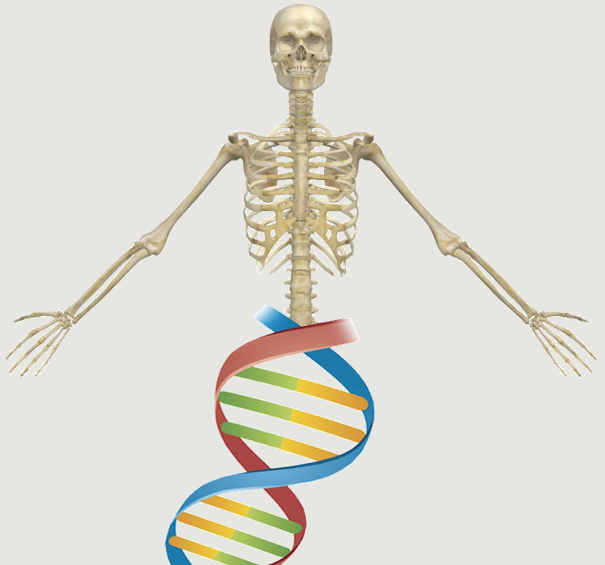Abstract:
Recently, a novel cationic polymer, dextran-spermine (D-SPM) was developed for gene delivery. An efficient transfection was obtained using this polycation for a variety of genes and cell lines in serum-free or serum-poor medium. However, transfection using the water-soluble D-SPM-based polyplexes decreased with increasing serum concentration in cell culture in a concentration-dependent manner, reaching 95% inhibition at 50% serum in the cell growth medium. In order to overcome this obstacle, oleyl derivatives of D-SPM (which form micelles in aqueous phase) were synthesized at 1, 10, and 20 mol% of oleyl moiety to polymer epsilon-NH2 to form N-oleyl-D-SPM (ODS). Polyplexes based on ODS transfected well in medium containing 50% serum. Comparison with polyplexes based on well-established polymers (branched and linear polyethyleneimine) and with DOTAP/Cholesterol lipoplexes showed that regarding beta-galactosidase transgene expression level and cytotoxicity in tissue culture, the D-SPM and ODS compare well with the above polyplexes and lipoplexes. Intracellular trafficking using FITC-labeled ODS and Rhodamine-labeled pGeneGrip plasmid cloned with hBMP2 monitored by confocal microscopy revealed that during the transfection process the fluorescent-labeled polymer concentrates in the Golgi apparatus and around the nucleus, while the cell cytoplasm was free of fluorescent particles, suggesting that the polyplexes move in the cell toward the nucleus by vesicular transport through the cytoplasm and not by a random diffusion. We found that the plasmids penetrate the cell nucleus without the polymer. Preliminary results in zebra fish and mice demonstrate the potential of ODS to serve as an efficient nonviral vector for in vivo transfection.
Notes:
Eliyahu, H Makovitzki, A Azzam, T Zlotkin, A Joseph, A Gazit, D Barenholz, Y Domb, A J eng Comparative Study Research Support, Non-U.S. Gov't Research Support, U.S. Gov't, Non-P.H.S. England 2004/11/27 09:00 Gene Ther. 2005 Mar;12(6):494-503.
Website

